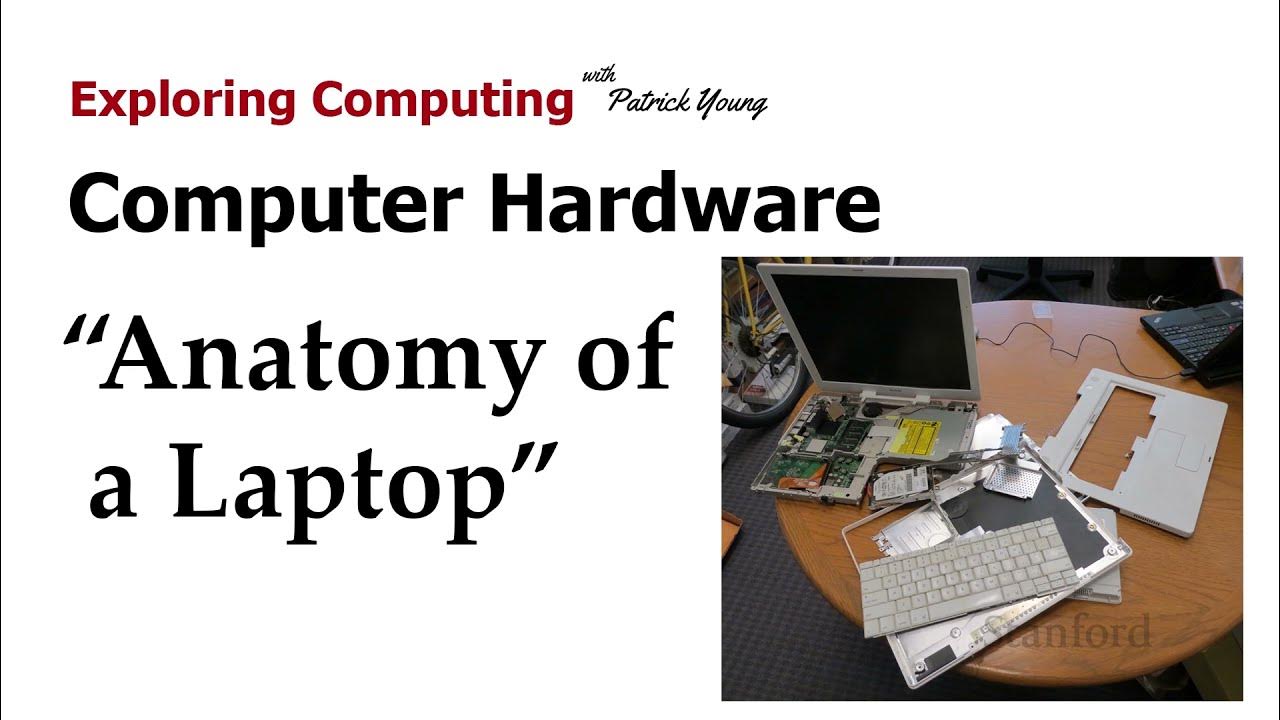Bagaimana Cara Kerja Hard Disk Drive/HDD ?
Summary
TLDRThis video delves into the inner workings of Hard Disk Drives (HDDs), explaining their components like platters, read/write heads, and PCBs. It covers how data is magnetically written and read on spinning disks and explores technological advancements such as vertical magnetic recording and heat-assisted magnetic recording. The video also highlights the evolution of HDD storage density and cost reduction over decades. With an engaging look at how HDDs store terabytes of data, it offers insights into the technology that powers digital storage devices, highlighting future developments in data storage capabilities.
Takeaways
- 😀 Hard drives store data on magnetic discs (platters) made from alloys such as cobalt chromium tantalum.
- 😀 The platters are spun by a DC brushless motor at speeds of up to 7200 RPM, allowing data to be read and written.
- 😀 Data is stored in small magnetic domains on the platter that can be manipulated by an electromagnetic head.
- 😀 Hard drives use read-write heads, which float just 15 nanometers above the platter surface to write or read data.
- 😀 The data on a hard drive is organized into concentric tracks and sectors, with error correction codes (ECC) to ensure data integrity.
- 😀 The read-write head creates a magnetic field that aligns the magnetic domains on the platter, encoding the data as binary (1s and 0s).
- 😀 The head is controlled by a voice coil motor that moves the read-write arm across the disk surface with precise positioning.
- 😀 Advancements in hard drive technology have significantly increased storage density, allowing more data to fit in smaller areas.
- 😀 In the past decade, hard drive technology has evolved with vertical magnetic recording, enhancing storage efficiency by aligning magnetic domains vertically.
- 😀 Heat-assisted magnetic recording (HAMR) has been developed to further reduce domain size by using heat to make the material more susceptible to magnetic influence.
- 😀 Over the last 60 years, the cost per terabyte of data storage has dramatically decreased, making hard drives more affordable and reliable than ever.
Q & A
What is the role of the platters in a hard disk drive (HDD)?
-The platters are circular disks that store data in a hard disk drive. They are made of materials such as aluminum and magnesium alloys, coated with a thin magnetic layer. These magnetic layers contain small domains that can be magnetized in different directions, representing binary data.
How does the read/write head interact with the platter in an HDD?
-The read/write head floats above the spinning platter and is responsible for reading and writing data. The head magnetizes tiny regions of the platter's surface to write data, and it detects the magnetic fields of these regions to read the data.
What is the significance of the spindle and motor in an HDD?
-The spindle holds the platters in place, while the motor powers the spindle to rotate the platters at high speeds (up to 7200 RPM). This rotation is necessary for the read/write heads to access the data stored on the disk.
What is the function of the voice coil motor in an HDD?
-The voice coil motor precisely moves the read/write head across the disk surface. It uses electromagnetic forces generated by a current passing through the coil to position the head accurately over the desired track on the platter.
How does the error correction code (ECC) function in an HDD?
-The error correction code (ECC) is used to verify the integrity of the data stored in each sector. It ensures that data written to the disk is correct and that any errors occurring during read or write operations can be detected and corrected.
What are the challenges of data storage density in hard disk drives, and how are they addressed?
-As data storage density increases, the magnetic domains become smaller and more difficult to manipulate. Innovations like vertical recording and heat-assisted magnetic recording (HAMR) have been introduced to address these challenges by enabling more efficient data writing at smaller scales.
What is the difference between horizontal and vertical magnetic recording?
-Horizontal magnetic recording involves aligning magnetic domains along the surface of the disk, while vertical magnetic recording aligns the domains perpendicular to the surface. Vertical recording allows for higher data density, as more domains can fit within the same area.
How does the heat-assisted magnetic recording (HAMR) technology work in HDDs?
-Heat-assisted magnetic recording (HAMR) uses localized heating to make the magnetic domains easier to manipulate. The head generates a small, focused heat spot, which makes it easier to change the orientation of the magnetic domains, allowing for smaller, denser storage.
What is the Giant Magnetoresistance (GMR) effect, and how does it contribute to reading data in an HDD?
-The Giant Magnetoresistance (GMR) effect occurs when the resistance of a material changes in response to a magnetic field. In an HDD, the read head uses GMR to detect changes in the magnetic fields of the platter’s domains. These changes correspond to the 1s and 0s of the data stored on the disk.
How has the cost of storing data in HDDs changed over time?
-The cost of storing data on hard disk drives has dramatically decreased over the years. What once cost millions of dollars for a terabyte of storage is now available for just a few dollars, while performance and reliability have improved significantly.
Outlines

This section is available to paid users only. Please upgrade to access this part.
Upgrade NowMindmap

This section is available to paid users only. Please upgrade to access this part.
Upgrade NowKeywords

This section is available to paid users only. Please upgrade to access this part.
Upgrade NowHighlights

This section is available to paid users only. Please upgrade to access this part.
Upgrade NowTranscripts

This section is available to paid users only. Please upgrade to access this part.
Upgrade NowBrowse More Related Video
5.0 / 5 (0 votes)





